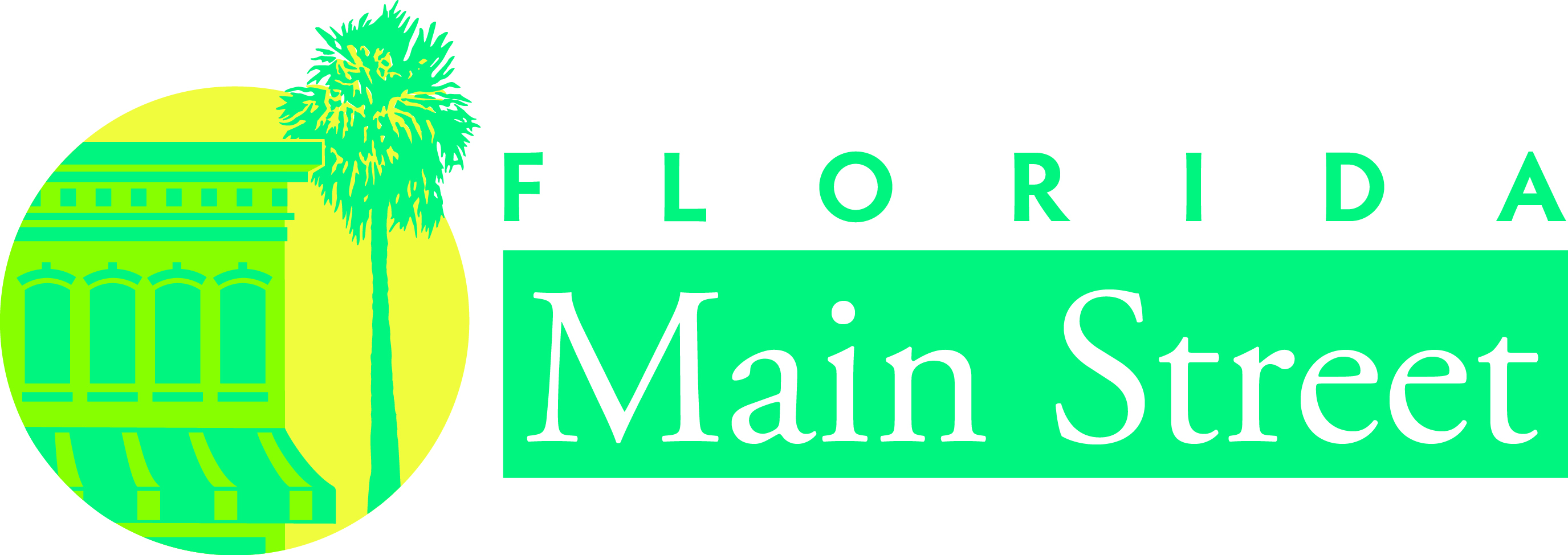Downtown dwellers boosted Springfield after the Great Fire
According to the Florida Times Union, North of downtown Jacksonville, Springfield was established in 1869 and had a population of about 1,657 circa 1900. But it grew after the Great Fire of 1901 ravaged downtown. With about 1,800 structures that are at least 75 years old, it became the city’s first federally designated historic district in 1987.
Historic Springfield covers 119 city blocks in about one square mile — the boundaries are 12th Street to the north, First Street to the south, Boulevard to the west, and Ionia Street to the east, according to SPAR. The population was about 4,043, as of the 2020 census.
Among SPAR’s primary accomplishments are leading the effort to make the neighborhood a “locally protected historic district,” setting preservation guidelines in city code. SPAR also helped spur zoning improvements, Haskins said. Those two actions alone “allowed the community to drive the discussion on how the neighborhood should change and grow,” he said.
What is Florida Main Street?
Florida Main Street is a technical assistance program with the goal of revitalizing historic downtowns and encouraging economic development within the context of historic preservation.
Since 1985, Florida Main Street has offered technical assistance to Main Street programs across the state. The program is a part of a network of over 40 nationally recognized programs throughout the country. Florida Main Street is administered by Division of Historical Resources under the Florida Department of State. The program is affiliated with the National Main Street Center and utilizes the National Main Street Center’s Four-Point Approach® which offers a framework for community-based revitalization initiatives.

Dating back to the post-Civil War era, the Eastside is considered Jacksonville’s last 19th-century historically black neighborhood that is still standing. The most significant era of the Eastside’s development was from 1868 to 1947. Preservation efforts includes neighborhood’s residences of frame vernacular or bungalow architecture. In 1887, three adjacent communities were annexed by the City of Jacksonville to form Eastside Jacksonville: East Jacksonville, Oakland and Fairfield. Similarly, Springfield, established in 1869, has about 1800 structures that are at least 75 years old. Its preservation group has worked to save such history. Like most areas in the South, segregation and Jim Crow ran rampant in cities. As a result, African Americans created an oasis of safety.
Why Main Street Matters?
In the past, the word “downtown” brought to mind an image of a bustling center of commerce and activity. Too often today, the images are of vacant, deteriorating buildings. In Florida, communities like DeLand, St. Petersburg and Ocala have discovered that with the help of Florida Main Street, downtown can thrive again. Florida Main Street encourages economic development and is dedicated to bringing jobs, dollars and people back to Florida’s historic districts.
Why Support Main Street? Main Street:
- Creates jobs……..A revitalized district attracts new industry and strengthens service and retail job markets.
- Saves tax dollars…..Revitalization stabilizes and improves the area’s tax base, while also protecting existing investments.
- Preserves the community’s historic resources…………In an economically healthy downtown, property owners can afford to maintain their historic buildings and preserve an important part of the community’s heritage.
- Builds community pride……Main Street provides a public space for members from all areas of the community to come together, create new partnerships, and celebrate their downtown.
Eastside was surveyed in 1993 as part of a larger initiative that did not return detailed data for the neighborhood, a factor that impeded comprehensive preservation. This newer survey, contracted to Chronicle Heritage by the nonprofit LIFT JAX, is part of a larger neighborhood revitalization initiative exemplifying “withintrification,” where changes typical of gentrification are led by the community instead of outside parties, with a focus on appropriate pacing to minimize drastic cost-of-living increases and citizen displacement. The project, which included survey along with community outreach, demonstrates how historic preservation can be used as a community planning tool and serves as a prime example of equitable preservation in action.
This new initiative included re-surveying all previously recorded historical resources and all extant pre-1980 structures omitted in the 1993 survey. The updated survey was conceptualized with four priorities:
- Nominating Eastside for the National Register of Historic Places
- Creating a structured framework for ensuring Eastside’s cultural protection
- Developing an inclusive historical context of Eastside linking it to the Gullah Geechee heritage and broader African American heritage at large
- Honoring the unique nuances of well-researched African American history, including seeking oral/local histories and prioritizing community engagement
To learn more about the National Main Street Program:







